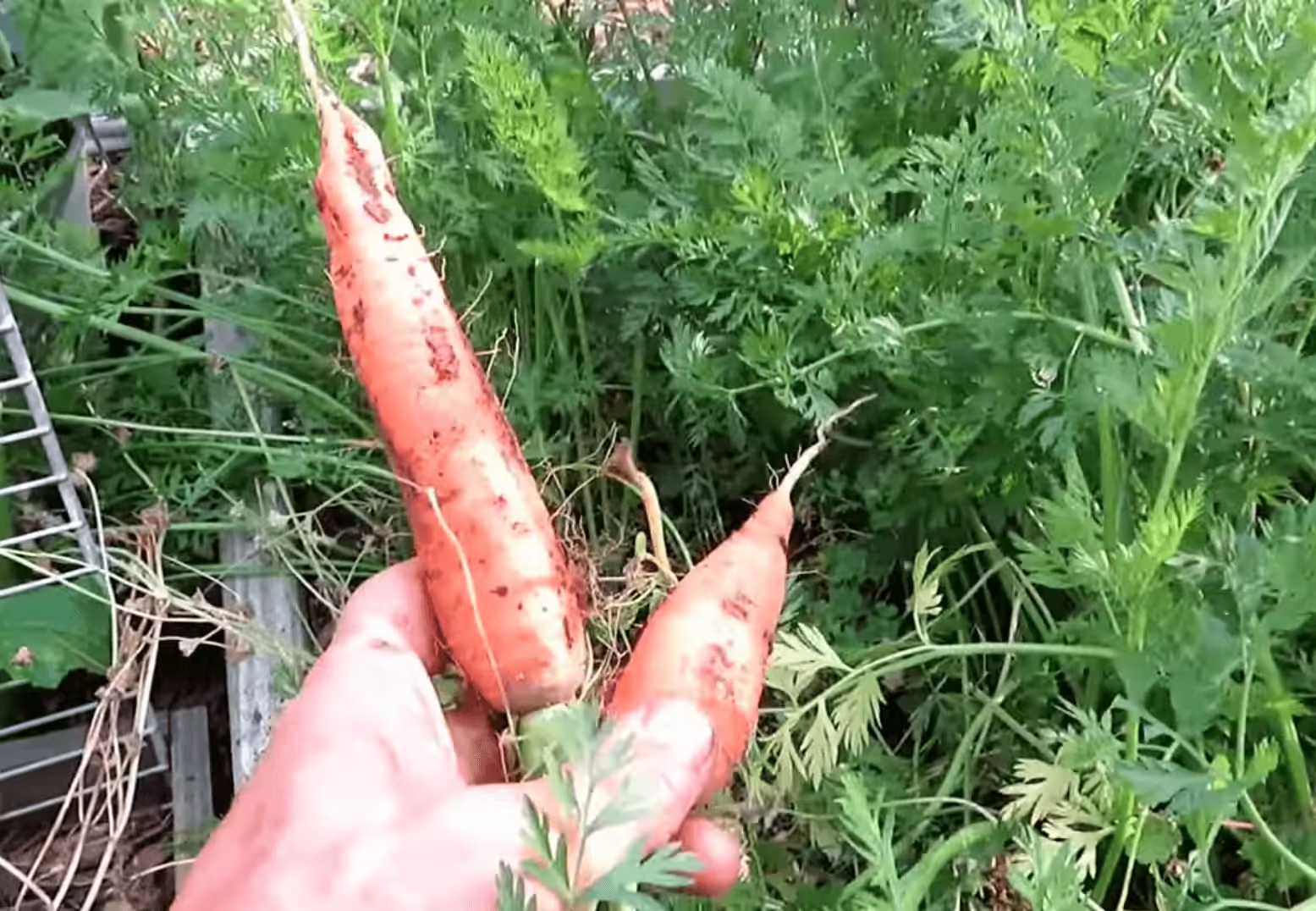Best Soil pH For Carrots | How to Grow Carrots
Harvesting Carrots
Before we jump into planting, let’s chat about harvesting. Carrots need about 70 days to mature after they’ve germinated. Depending on the variety, they can range from round to long. In my garden, I go for carrots that grow to about six inches long because of the heavy clay soil.
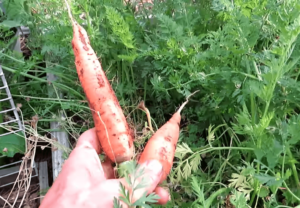
When harvesting, be gentle. Pull the carrots straight up after loosening the soil. Use a shovel or similar tool to avoid breaking the roots. Twisted carrots are common in clay soil, but they are perfectly edible. Carrots left in the ground too long will begin to flower, which changes their texture. Always harvest when they are crisp and sweet for the best taste.
best soil ph for growing carrots
The ideal soil pH for growing carrots is between 6.0 and 6.8. This slightly acidic to neutral range helps carrots absorb nutrients efficiently and promotes healthy root development. If the soil pH is too low (acidic) or too high (alkaline), it can hinder nutrient uptake and affect the growth and taste of the carrots. Source: CARROT
PRODUCTION GUIDELINE pdf
Preparing the Soil is the Key to Growing Strong Carrots
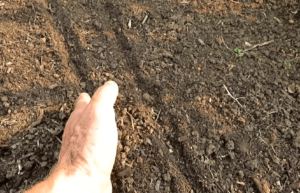
Carrots prefer loose, well-prepared soil. If your soil is compacted, they can grow twisted or malformed. I recommend loosening the soil down to four to six inches deep, which helps the carrots grow straight. If you’re following a “no dig” style of gardening, you may still need to loosen the soil when growing root crops like carrots.
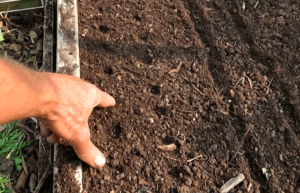
Additionally, adding organic granular fertilizer will ensure that your carrots get the nutrients they need. You can mix in compost to help retain moisture and add extra nutrients. The goal is to have a well-aerated and fertile soil that encourages strong root development.
The Best Way to Plant Carrot Seeds is Direct Seeding
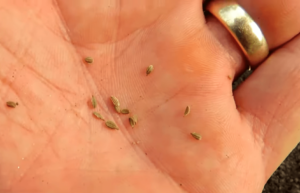
Carrots are best grown by directly sowing seeds rather than starting them indoors and transplanting. When sowing, space the seeds about an inch apart. You can plant in a square pattern or in rows, depending on the layout of your garden. For those dealing with insect or disease pressure, rows might be better as they allow for more airflow and space for natural predators like birds.
Carrot seeds are small, and I like to plant two seeds per hole. Don’t worry too much about thinning them right away. Often, carrots will naturally push each other out of the way as they grow.
Managing Germination: Using Cardboard for Best Results
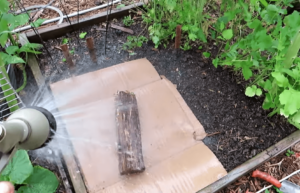
Germination can take anywhere from 21 days to even longer, depending on the temperature. Carrot seeds prefer cooler conditions for germination, ideally below 75°F. If you’re planting during warmer months, like in mid-June, the soil can easily dry out or get too hot. To manage this, use a sheet of cardboard to cover the planted area. This method helps retain moisture and keeps the soil temperature cooler, improving the chances of successful germination.
Make sure to check under the cardboard after about a week to see if the seeds are starting to germinate. Once you see them sprouting, remove the cardboard and keep the soil consistently moist, watering every two or three days.
Watering Tips: How Much is Enough?
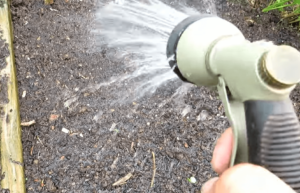
Watering is crucial for growing healthy carrots. After planting the seeds, thoroughly soak the area to ensure that moisture reaches four to six inches deep. When seeds germinate, they send down a root in search of water, so consistent moisture is key. Be careful not to disturb the seeds while watering.
Throughout the growing process, monitor the soil moisture, especially in the top two inches where the seeds are germinating. Water every other day or more frequently if the weather is hot and dry.
Planting in Different Seasons: Maximizing Your Harvest
Carrots are a versatile crop that can be grown in both cool and warm weather. They thrive best when planted in early spring or late summer for a fall harvest. If you live in a region with hot summers, it might be challenging to grow carrots successfully during the hottest months. However, using shade cloth can help keep the soil cooler, allowing you to grow carrots in the summer as well.
For fall planting, start your seeds in late summer, and enjoy fresh carrots well into the cooler months.
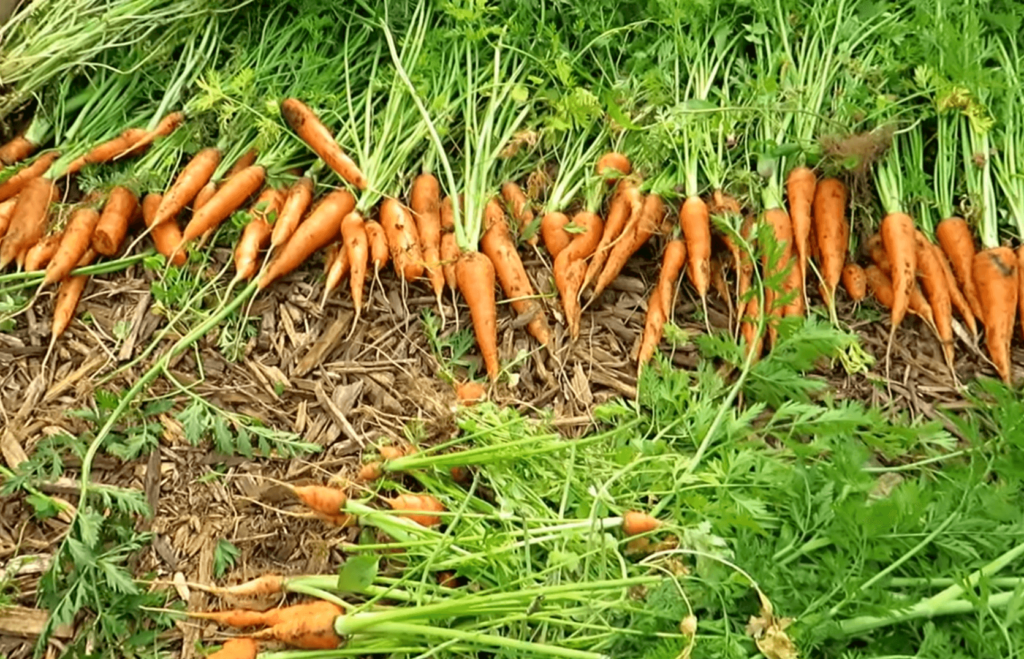
Experimenting with Varieties: Finding What Works for You
I like to experiment with different carrot varieties, but I find that the Danvers half-long carrots perform best in my garden. Round carrots didn’t produce as well and weren’t worth the effort. If you’re new to growing carrots, I suggest starting with a variety known for its resilience, such as the Danvers.
wishes to gardeners
That’s all it takes to grow delicious, homegrown carrots! By following these steps—preparing your soil, planting the seeds correctly, managing moisture and temperature, and harvesting at the right time—you’ll be able to enjoy fresh, crunchy carrots from your garden. If you want more tips and tricks for growing other vegetables, you can see my other posts for more gardening advice.
